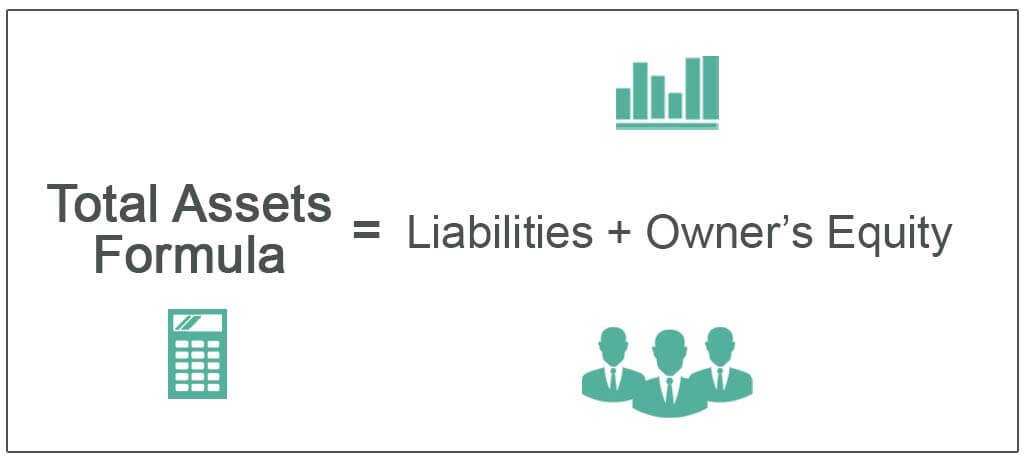Table Of Contents
What is Balance Sheet Formula?
The Balance Sheet Formula is a fundamental accounting equation that mentions that, for a business, the sum of its owner's equity & the total liabilities is equal to its total assets, i.e., Assets = Equity + Liabilities. It is based on a double-entry system of accounting.
Key Takeaways
- The balance sheet formula is Assets = Liabilities + Shareholders' Equity.
- The formula reflects the fundamental accounting principle that the total value of a company's assets equals the sum of its liabilities and shareholders' equity.
- The balance sheet formula provides a structure for organizing and presenting financial information on a company's balance sheet.
- Using the balance sheet formula, stakeholders can assess a company's financial position, solvency, and overall health.
Understanding Balance Sheet Equation

The balance sheet equation is the foundation of the dual entry system of accounting. It shows that for every debit, It shows that there is an equal and opposite credit for every debit, and the sum of all the assets is always equal to the total of all its liabilities and equity.
The balance sheet formula states that the sum of liabilities and owner's equity is equal to the company's total assets.
Total Assets = Liabilities + Owner’s Equity
Where,
- Liabilities = It is a claim on the asset of the company by other firms, banks, or people.
- Owner's Equity = It is s money contribution done by a shareholder of a company for an ownership stake.
- Total Asset = a total asset of a company including equity and liabilities, i.e., asset owe by company and money against the same has to repay back.
Examples
Example #1
Suppose a proprietor company has a liability of $1500, and owner equity is $2000. Calculation of Balance sheet, i.e., Total asset of a company will sum of liability and equity.
In the below-given figure, we have shown the calculation of the balance sheet.

i.e. Total Asset = 1500 + 2000

The total asset of a company is $3,500.
Example #2
A manufacturing company named EON manufacturer Pvt. Ltd has below balance sheet for 5 years, i.e., from the year 2014 to 2018.

Taking the value of the 2018 year,
Sum of total liabilities = $45,203
Sum of shareholder's equity = $260,280, i.e., the sum of equity capital and retained earnings.
Therefore, the total assets will be:

The asset equals the sum to all assets, i.e., cash, accounts receivable, prepaid expense, and inventory, i.e., $305,483 for the year 2018.
Similarly, if we want to see the assets of the company five years back, i.e., in 2014 calculation will be as follows:-
Taking the value of the 2014 year,
Sum of total liabilities = $62,288
Sum of shareholder's equity = $172,474, i.e., a sum of equity capital and retained earnings.
Therefore, the total assets will be:

The asset equals the sum of all assets, i.e., cash, accounts receivable, prepaid expense, and inventory, i.e., $234,762 for 2014.
By using the above calculation, one can calculate the total asset of a company at any point in time.

